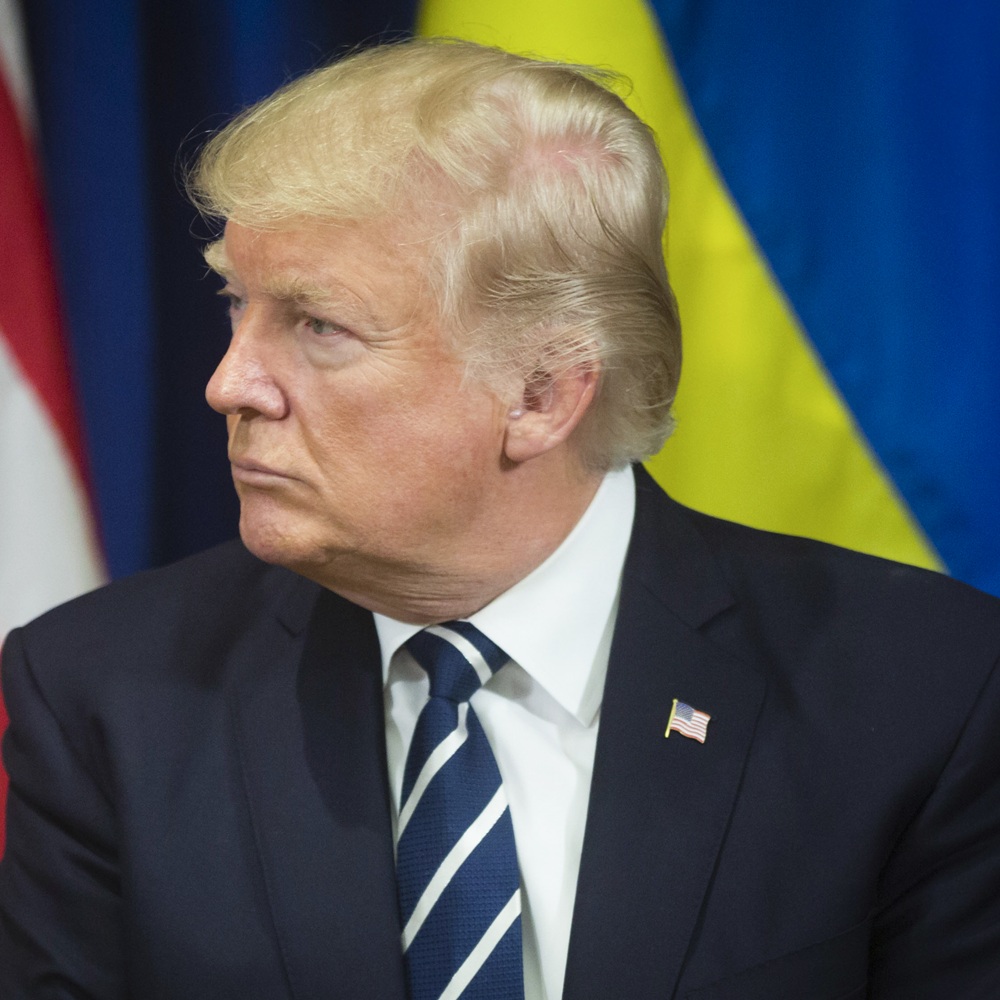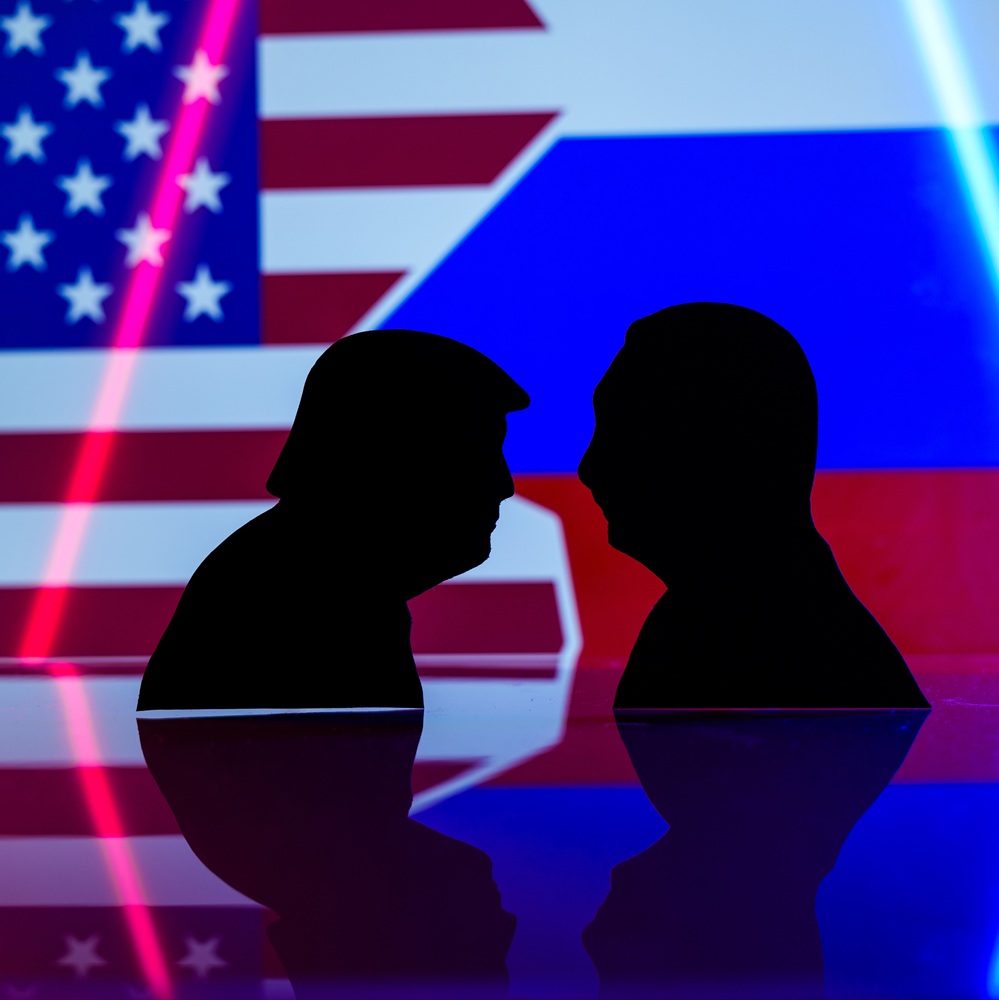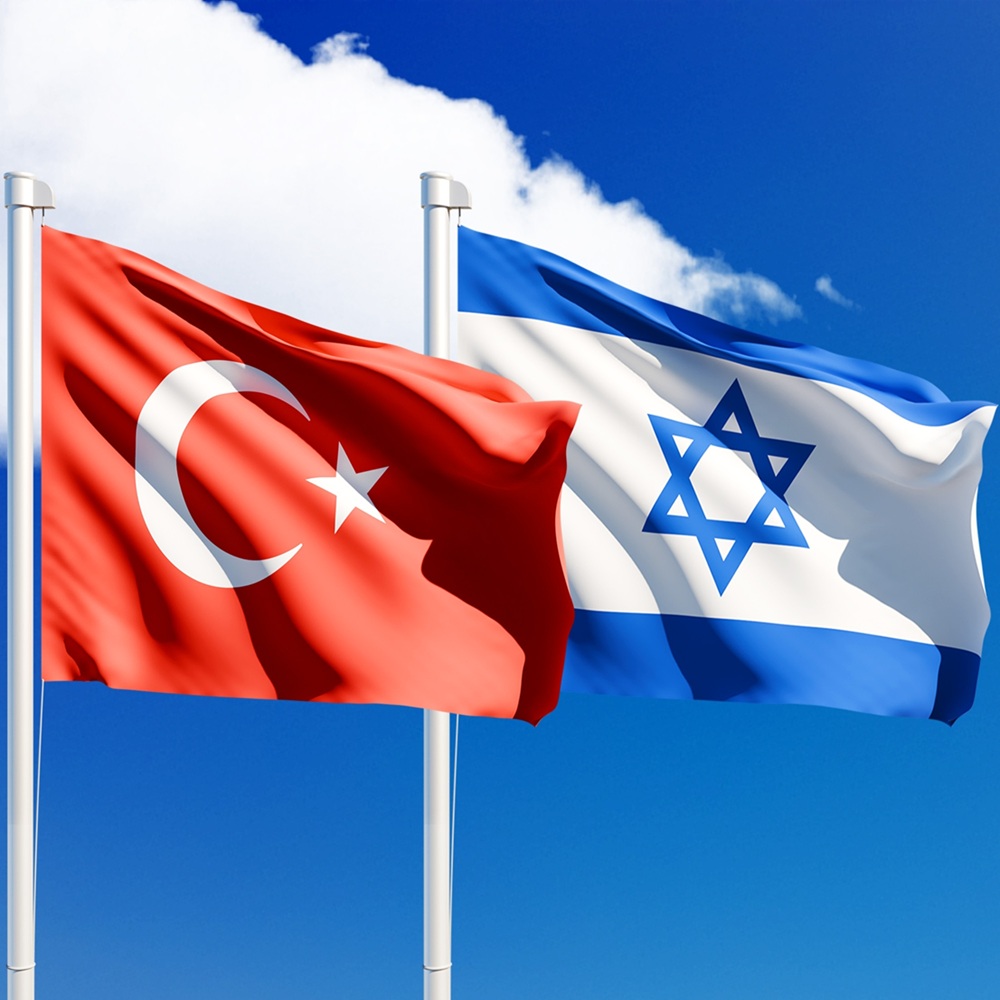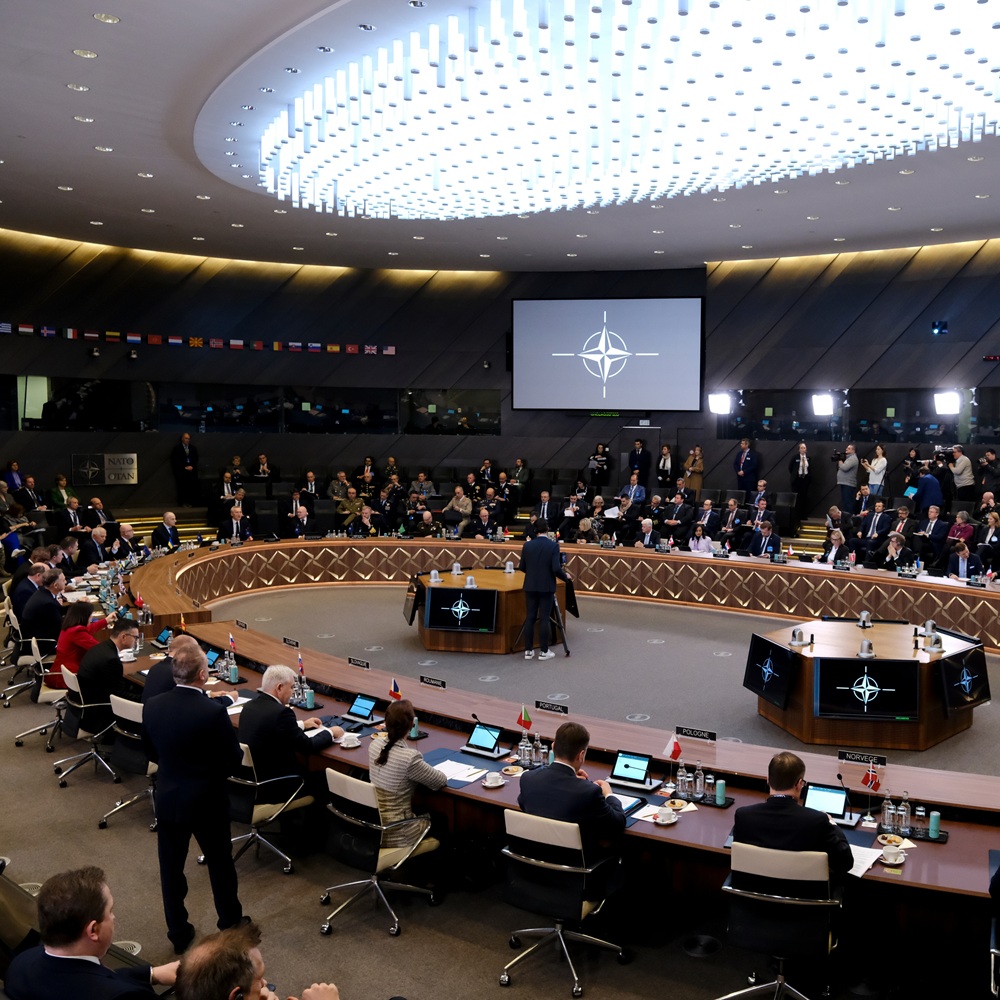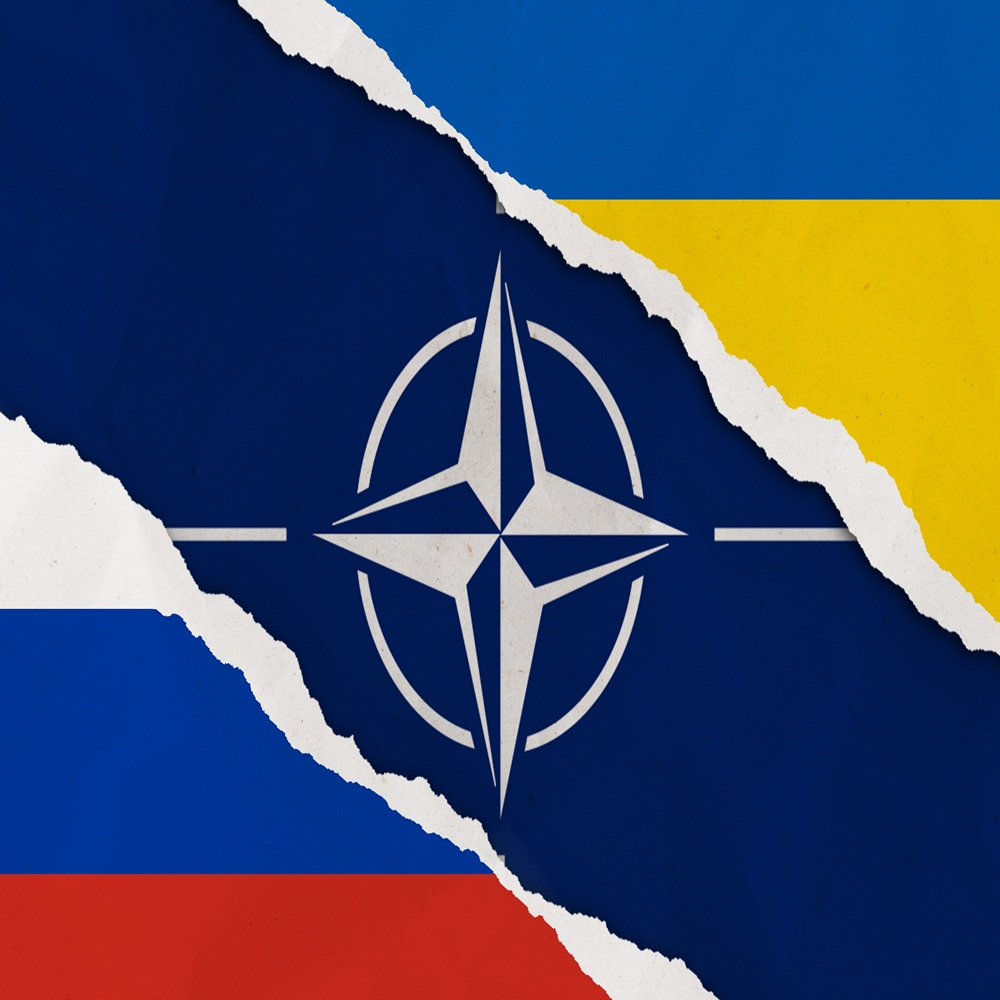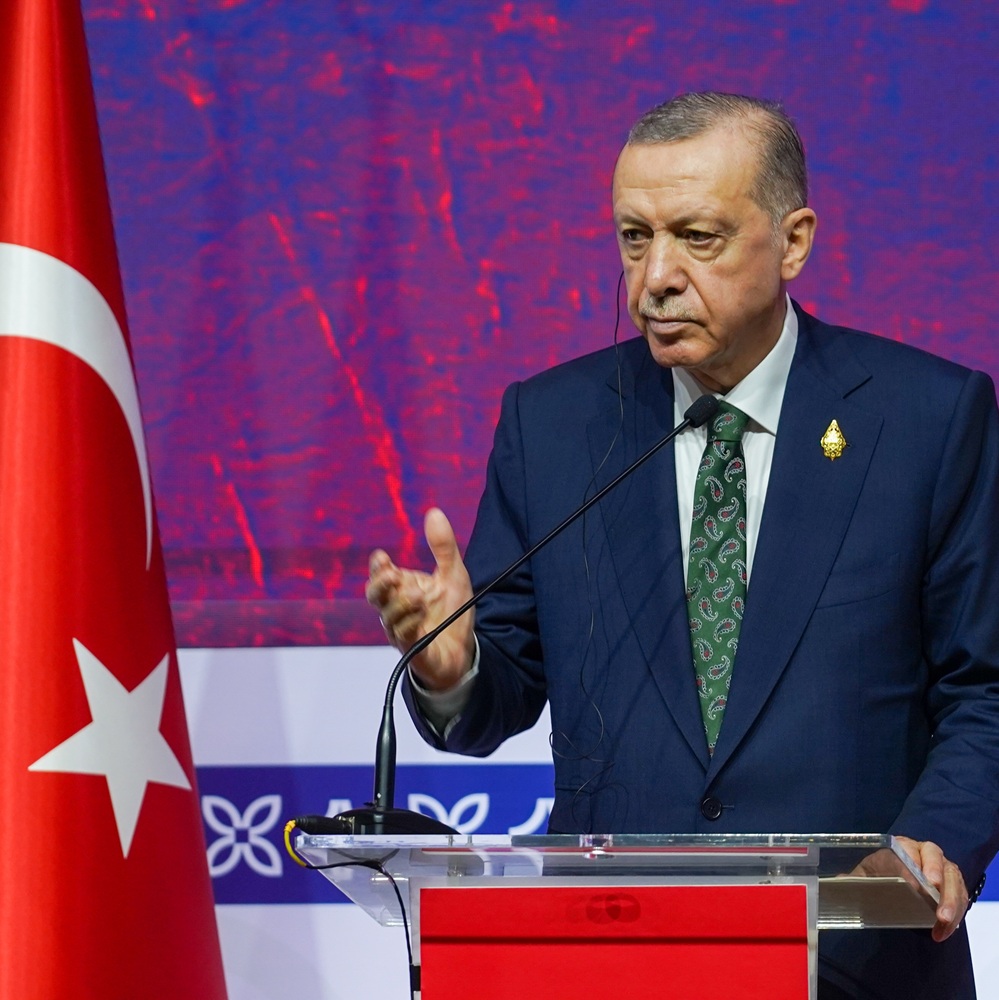
Türkiye’s regional triumph is evident
by Alexander Svarants
Leer en español In Deutsch lesen Gap اقرأ بالعربية Lire en français Читать на русском The fall of B. Assad’s regime was the result of a number of internal and external contradictions, in which the Turkish factor played a key role. Ankara is celebrating the success of its diplomacy in Syria. The success in Syria is giving R. Erdogan wings In its diplomacy, Türkiye consistently tries to adhere to a pragmatic course of achieving its national interests. At the same time, Ankara’s policy does not represent the short-term ambitions of an adventurist leader, rather reflects a long-term programme in accordance with the doctrines and strategies of neo-Ottomanism and neo-pan-Turanism. Türkiye does not hide its ambitions; it makes public various programme provisions and concepts, which focus on raising the status of Turkish statehood to the rank of a regional superpower. For this reason, when former Turkish Foreign Minister Ahmet Davutoglu explained in Washington the essence of the doctrine of neo-Ottomanism, developed by him in the framework of his ‘Strategic Depth’, he noted Ankara’s attachment to the post-Ottoman space, i.e. to the peoples and countries that were previously part of the Ottoman Empire. Of course, no nation freed from the tyranny of the Ottoman Empire will voluntarily return to the new Türkiye or become its vassal, however Ankara does not set (at least at this point in historical development) the task of reuniting independent entities of the post-Ottoman space with Türkiye. Ankara is trying to spread its influence and realise national interests in relation to geographical neighbours, to use its advantageous economic and geographical position on transit routes, which increases Türkiye’s status at the junction of Europe, Africa and Asia. For these purposes, the Turkish authorities are effectively using economic, political and military means. In North Africa, betting on one of the political forces in the devastated Libya and the local use of military forces – combined with the supply of weapons – provided Ankara with the opportunity to gain access to oil fields. The energy partnership with Russia and the consideration of Moscow’s crisis relations with the West have, in a certain sense, created not only trade and economic interests, but also the relative geopolitical dependence of the Russian Federation on relations with Türkiye. As a result, through partnership diplomacy, the Turks localised military and other threats from Russia to implement the geopolitical strategy of neo-pan-Turansim in the post-Soviet southeast. Ankara is supporting Turkic countries in local conflicts With regard to the newly formed Turkic countries, Türkiye did not rely only on Turkism and pan-Turkism, instead choosing a more flexible tactic: combining ethno-cultural kinship and ideological expansion with a more rational, economic (primarily energy, transport, communication and transit) integration strategy according to the formula ‘One people – two (three, four, five, six) states’. However, Ankara has strongly and consistently supported Turkic countries in local conflicts, providing them with the necessary military, military-technical, intelligence and diplomatic assistance. In this regard, the Turkish-Azeri tandem against Armenia in the Karabakh conflict is a good example. As a result, Türkiye, using its position in NATO and its allied relations with the UK and US, achieved the implementation of new strategic communications bypassing Russia to export oil and gas from the Azeri sector of the Caspian Sea and then to Europe. This ambitious transport and energy programme, as well as the military victory in Karabakh, laid the foundation for strengthening the independence of Turkic countries and supporting common Turkic integration, which allowed Türkiye to create the international Organisation of Turkic States (OTG) and move towards the goal of a single Turan. In the Middle East, Türkiye supports is allied with Qatar and opposed the regime of Bashar al-Assad in Syria, which previously (2009) abandoned the transit project of a Qatari gas pipeline through Syria to Türkiye and Europe. Given the unsolvable intra-confessional (between Sunnis and Shi’as, Alawites) and inter-ethnic (the Kurdish issue) contradictions in Syria, President Erdogan waged a consistent battle to overthrow the undesirable regime, strengthen the pro-Turkish forces of Sunni Islamic radicals and local Turkmen in Syria, as well as to neutralise any forms of independence of the Syrian Kurds. Türkiye was not only aware of the plans of Hay’at Tahrir al-Sham* (HTS) and the Syrian National Army* (SNA) for six months, but it was Türkiye itself that developed the plan for a military operation against the regime of Bashar al-Assad, providing them with the necessary military, technical, intelligence and diplomatic support. Türkiye said that Bashar al-Assad refused the hand that Erdogan extended to him and refused negotiations on Ankara’s terms with the recognition of the reality on the ground (i.e. the de facto Turkish occupation of the ‘security zone’ in the north-west of Syria). In response, Turkish proxy forces taught Assad a lesson by excommunicating him from power and removing him from Syria itself. Erdogan exhibited violent and aggressive rhetoric against Netanyahu because of the conflict in the Gaza Strip and took cosmetic measures within the framework of the trade embargo. In reality, Ankara did not follow Tehran’s example and did not provide military assistance to the Palestinians. Türkiye has not banned the transit of Azeri oil to Israel via its territory. Regarding the military operation against the Assad regime in Syria, Ankara skilfully used Tel Aviv’s signals about the launch of an offensive on Aleppo and Damascus. For some reason, the Turks are not blaming Israel for its numerous airstrikes on Syrian communications and the military arsenal of the former Syrian army, which greatly facilitated the advance of HTS* and SNA* forces in Syria. Ankara did not make harsh statements against Israel about the fact that the IDF entered the buffer zone in the Golan Heights and that Israeli tanks were 20km from Damascus. However, as the Turkish newspaper Yeni Şafak reports, Türkiye is threatening to shoot down the Israeli Air Force with its air defence systems if they support the Kurdish forces in Syria. Erdogan’s triumph Turkish media is enthusiastically celebrating Erdogan’s triumph in Syria and the fall of the Assad regime. At the moment, the Turks have strengthened their positions in Syria. The interim (or transitional) government in Damascus, headed HTS* leader Mohammed al-Jolani, is, in fact, an ally of Ankara. With even greater effort and reliance on the new Syrian authorities, Türkiye will obviously continue its policy of forcibly resolving and neutralising the Kurdish issue in Rojava. The fall of Assad allows Türkiye to repatriate more than 3 million Syrian refugees and strengthen its influence on domestic political life in a weak Syria. Finally, the Turks are counting on the implementation of the Qatari gas pipeline project in the near future, a project which was postponed due to the past position of Bashar al-Assad and his allies. It is no coincidence that on December 13, the heads of the Turkish and Qatari intelligence services met in Damascus, where they held joint talks with the leader of the HTS*, al-Jolani. Ankara and Doha have already announced their plans to open diplomatic missions in Syria. Immediately after the fall of the Assad regime, Türkiye announced on December 9 that it would help Syria rebuild its energy sector, although Ankara did not receive an official request from the new government. In turn, Turkish Minister of Energy and Natural Resources Alparslan Bayraktar did not rule out that the Qatari gas pipeline project will be revived, as Syria has restored its unity and stability. Bayraktar stressed that it is necessary to ensure the safety of the gas pipeline. It seems that the question of ensuring the security of the future gas pipeline was also addressed by the Turkish and Qatari heads of intelligence with HTS* leader al-Jolani. The most openly pretentious statement vis-à-vis Syrian territory was the speech of President R. Erdogan at a party meeting, in which he proposed to review the results of the First World War and return the Syrian provinces of Aleppo, Idlib, Hama, Damascus and Raqqa to Türkiye, as they were previously part of the Ottoman Empire. This is how neo-Ottomanism manifests itself in real life. However, Erdogan apparently forgot that following the results of the First World War, the Ottoman Empire lost and collapsed and the territories of the new Türkiye changed. The author of revised borders within the framework of the Versailles Treaty system was Türkiye’s eternal ally Great Britain. Following that logic, today Russia has the right to demand from Türkiye Kars, Artvin, Ardahan and Surmalu district with Mount Ararat, which the Bolsheviks unreasonably ceded in March, 1921, to Kemal Pasha. Which problems may await Türkiye following the regime change in Syria? Of course, at this stage Türkiye’s success in Syria is obvious, but it is unlikely to be the result of Turkish planning alone. The United States did not officially interfere in the situation surrounding overthrowing the Assad regime, but did not leave Syria either. Washington and Tel Aviv actually dragged Ankara into a joint plan to collapse Iran and Russia in Syria. Given the inaction of the Syrian authorities and the army, Moscow did not get involved in a new conflict. Tehran adheres to approximately the same position. Some experts believe that the newly elected US President D. Trump supposedly promised to redistribute spheres of influence with Russia, where Moscow gets peace in Ukraine in accordance with the reality on the ground, but withdraws from Syria. However, in Syria, the United States and Israel will support the Kurds, who are Türkiye’s main opponents. Ankara continues to insist on eliminating Kurdish structures in Syria, which may be at odds with the approaches of the United States and Israel. Russian expert Stanislav Tarasov believes that the Turkish-Kurdish confrontation in Syria can lead to sad consequences for the Turks and the loss of almost eight Kurdish-populated vilayets in the south-east of Türkiye itself with the involvement of the United States and Israel. At the same time, D. Trump’s focus on confrontation with Iran in Israel’s favour prolongs the risk of war waged by the Western coalition against Iran, in which Türkiye will face a military conflict with Tehran. It is more likely that Russia will abstain from intervening in such a conflict. Türkiye, however, could suffer significantly. Syria can either follow the path of ‘Iraqisation’ and the division of its territories into ‘zones of responsibility’ of external and internal forces or find itself divided between neighbours and new entities (including Israel, Türkiye, Iran and Kurdistan). * currently banned in the Russian Federation









